- Home
- Symmetry Blog
- Can an Electric Utility Vehicle Pack a Heavy-Duty Punch?
Can an Electric Utility Vehicle Pack a Heavy-Duty Punch?
About Jari Haiston
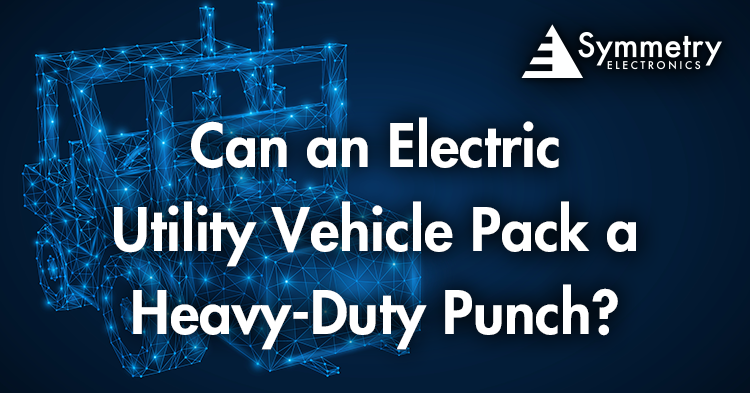
In recent years, there has been a notable shift towards sustainability and eco-friendly alternatives across various industries. The automotive sector, in particular, has seen a surge in the development and adoption of electric vehicles (EVs). While electric cars have dominated the spotlight, the focus is expanding to include utility vehicles designed for heavy-duty applications. In fact, Spherical Insights marked the global electric utility vehicle market size at a whopping $18.3 billion in 2021.
Despite the significant market size, there seems to be a common assumption that electric utility vehicles don’t compare to their traditional counterparts. This skepticism stems from preconceived notions surrounding factors like power, range, and adaptability in demanding environments. However, as technology advances and manufacturers invest in innovative solutions, the landscape of heavy-duty electric utility vehicles is evolving rapidly, challenging these misconceptions, and reshaping the future of sustainable transportation.
The Rise of Electric Vehicles
Electric vehicles have gained popularity due to their environmental benefits, reduced dependence on fossil fuels, and lower operating costs. Initially, the emphasis was on passenger cars, but advancements in battery technology have paved the way for electric utility vehicles to enter the market.
Types of Electric Utility Vehicles
The electric utility vehicle market is diverse, catering to a wide array of industries and applications. Manufacturers are producing electric alternatives for various heavy-duty purposes, proving that sustainability can indeed coexist with versatility. Here are some notable types of electric utility vehicles making waves in the industry:
Electric Trucks:
Electric trucks are at the forefront of the heavy-duty electric vehicle revolution. Designed for cargo transport and logistics, companies like Tesla and Rivian have introduced electric trucks with impressive hauling capacities and long-range capabilities. These vehicles are not only environmentally friendly but also promise cost savings over their traditional counterparts in the long run.
Electric Vans:
Electric vans are gaining popularity in urban delivery services and passenger transportation. With compact designs and emission-free operation, electric vans contribute to reducing pollution in densely populated areas. Companies specializing in last-mile delivery and courier services are increasingly incorporating electric vans into their fleets, capitalizing on both environmental benefits and economic incentives.
Electric Buses:
Public transportation is embracing the electric revolution with the introduction of electric buses. These vehicles offer clean and quiet urban mobility, reducing air and noise pollution. As cities aim to transition to sustainable public transit options, electric buses are becoming integral to modernizing transportation infrastructure.
Specialized Electric Vehicles:
Beyond traditional trucks and vans, specialized electric utility vehicles are emerging to meet specific industry needs. Electric construction vehicles, such as excavators and loaders, are being developed to address the environmental impact of construction activities. Similarly, electric utility terrain vehicles (UTVs) are gaining popularity in agriculture and off-road applications, providing a clean and efficient alternative to traditional gas-powered counterparts.
Electric Forklifts and Tow Tractors:
Electric forklifts and tow tractors are essential for material handling in warehouses, airports, and manufacturing facilities. These electric alternatives offer maneuverability, reduced noise levels, and zero emissions, making them ideal for indoor and enclosed spaces where traditional diesel-powered vehicles may pose challenges.
Electric Emergency Response Vehicles:
In the realm of emergency services, electric utility vehicles are finding a place in fire trucks and ambulances. The ability to operate quietly in urban areas and contribute to a cleaner environment aligns with the goals of many emergency response agencies to reduce their carbon footprint while maintaining operational efficiency.
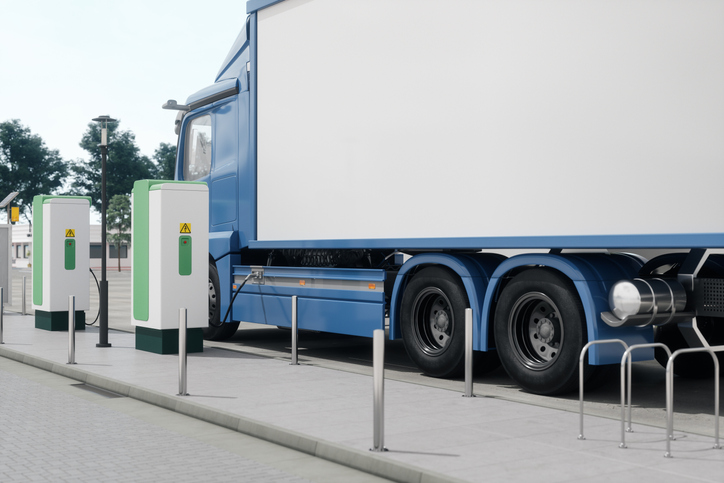
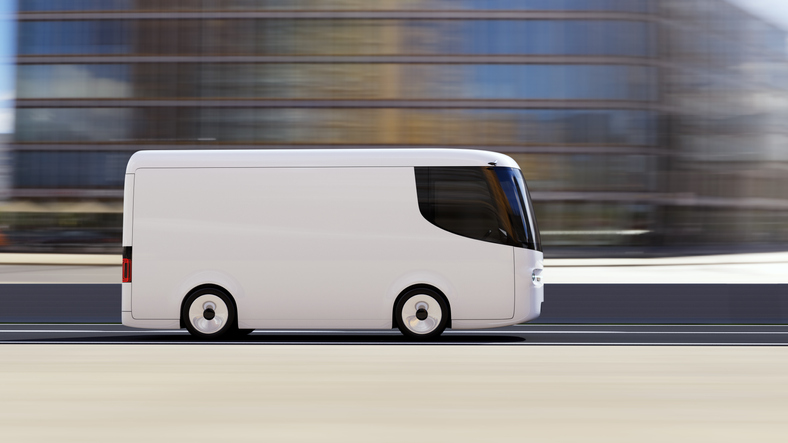
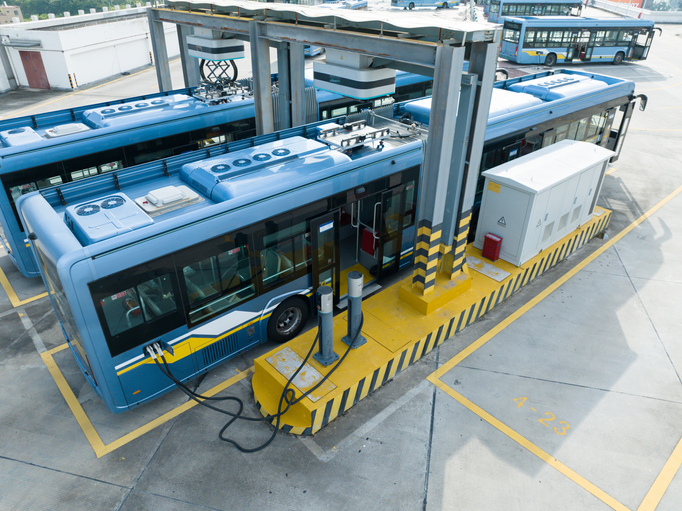

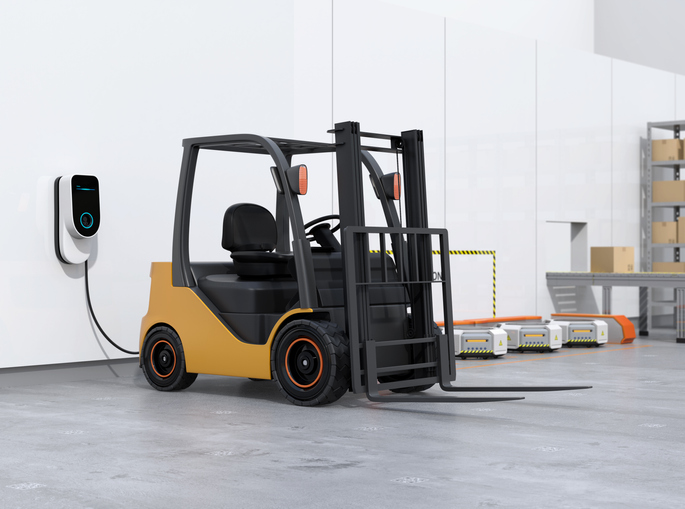

As the electric utility vehicle market expands, the diversity of vehicle types continues to grow, proving that sustainable alternatives can meet the demands of various industries. These electric options not only address environmental concerns but also present cost-effective solutions for businesses looking to embrace a greener future. The evolution of electric utility vehicles is a testament to the industry's commitment to providing efficient, powerful, and sustainable alternatives for heavy-duty applications.
The Challenge of Heavy-Duty Applications
Heavy-duty utility vehicles, such as trucks and vans, play a crucial role in various industries, including construction, logistics, and municipal services. These vehicles are traditionally powered by internal combustion engines, often diesel, to meet the demands of heavy loads and challenging terrains. Transitioning to electric alternatives in this domain comes with its set of challenges.
Electric Utility Vehicle Challenges and Solutions
- Battery Technology: One of the primary obstacles in developing heavy-duty electric utility vehicles is the need for high-capacity batteries. These vehicles require robust batteries capable of providing sufficient power for extended periods. Researchers and manufacturers are actively working on improving battery technology, enhancing energy density, and reducing charging times.
- Range Anxiety: Heavy-duty vehicles often operate over long distances, contributing to range anxiety concerns. Addressing this challenge involves developing batteries with extended ranges and establishing a robust charging infrastructure to support these vehicles on the road.
- Charging Infrastructure: To ensure the success of heavy-duty electric utility vehicles, a reliable charging infrastructure must be in place. Companies and governments need to invest in building a network of fast-charging stations to support the long-haul capabilities of these vehicles.
- Performance: Heavy-duty applications demand high levels of torque and power. Electric utility vehicles must match or exceed the performance of their traditional counterparts to gain acceptance in industries where power is critical.
Success Stories and Emerging Trends
Despite the challenges, several success stories showcase the potential of electric utility vehicles in heavy-duty applications. Companies like Tesla and Rivian have entered the electric truck market, offering solutions for cargo transport and adventure enthusiasts alike. Additionally, established manufacturers are investing heavily in research and development to bring electric alternatives to their heavy-duty vehicle lineup.
Governments worldwide are incentivizing the adoption of electric vehicles, further propelling the development of heavy-duty electric utility vehicles. Subsidies, tax credits, and emissions regulations are driving companies to explore sustainable alternatives.

.png)
.png)
.png)